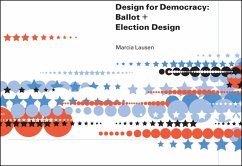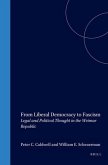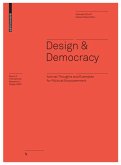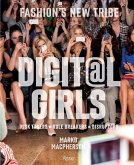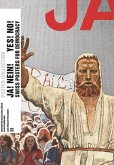In November 2000, when the now-infamous "butterfly ballot" confused crucial Florida voters during a hotly contested presidential race, the importance of well-designed ballots to a functioning democracy caught the nation's attention. Recognizing that our entire voting process--from registering to vote to following instructions at the polling place--can be almost as confusing as the Florida ballot, Design for Democracy builds on the lessons of 2000 by presenting innovative steps for redesigning elections in the service of citizens. Handsomely designed itself, this volume showcases adaptable design models that can improve almost every part of the election process by maximizing the clarity and usability of ballots, registration forms, posters and signs, informational brochures and guides, and even administrative materials for poll workers. Design for Democracy also lays out specific guidelines--covering issues of color palette, typography, and image use--that anchor the comprehensive election design system devised by the group of design specialists from whose name the book takes its title. Part of a major AIGA strategic program, this group's prototypes and recommendations have already been used successfully in major Illinois and Oregon elections and, collected here, are likely to spread across the country as more people become aware of the myriad benefits and broad applicability of improved election design. An essential tool for designers and election officials, lawmakers and citizens, Design for Democracy harnesses the power of design to increase voter confidence, promote government transparency, and, perhaps most important, create an informed electorate.

